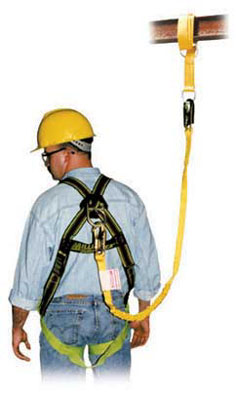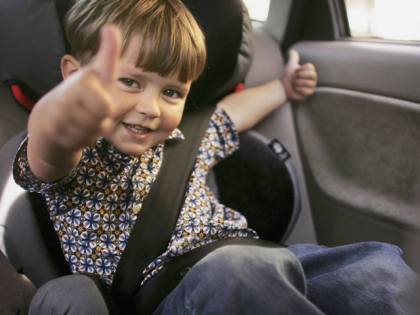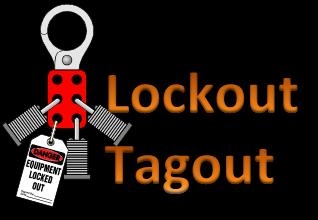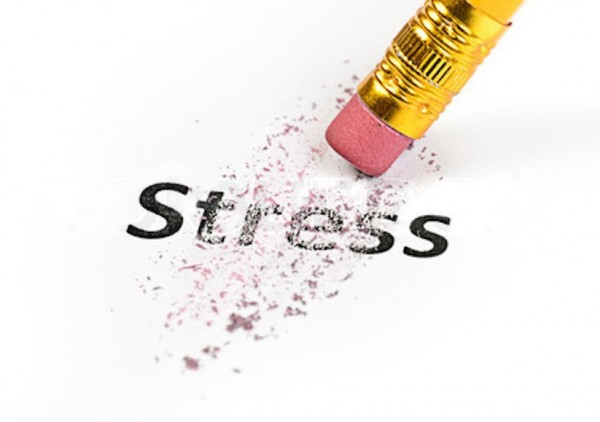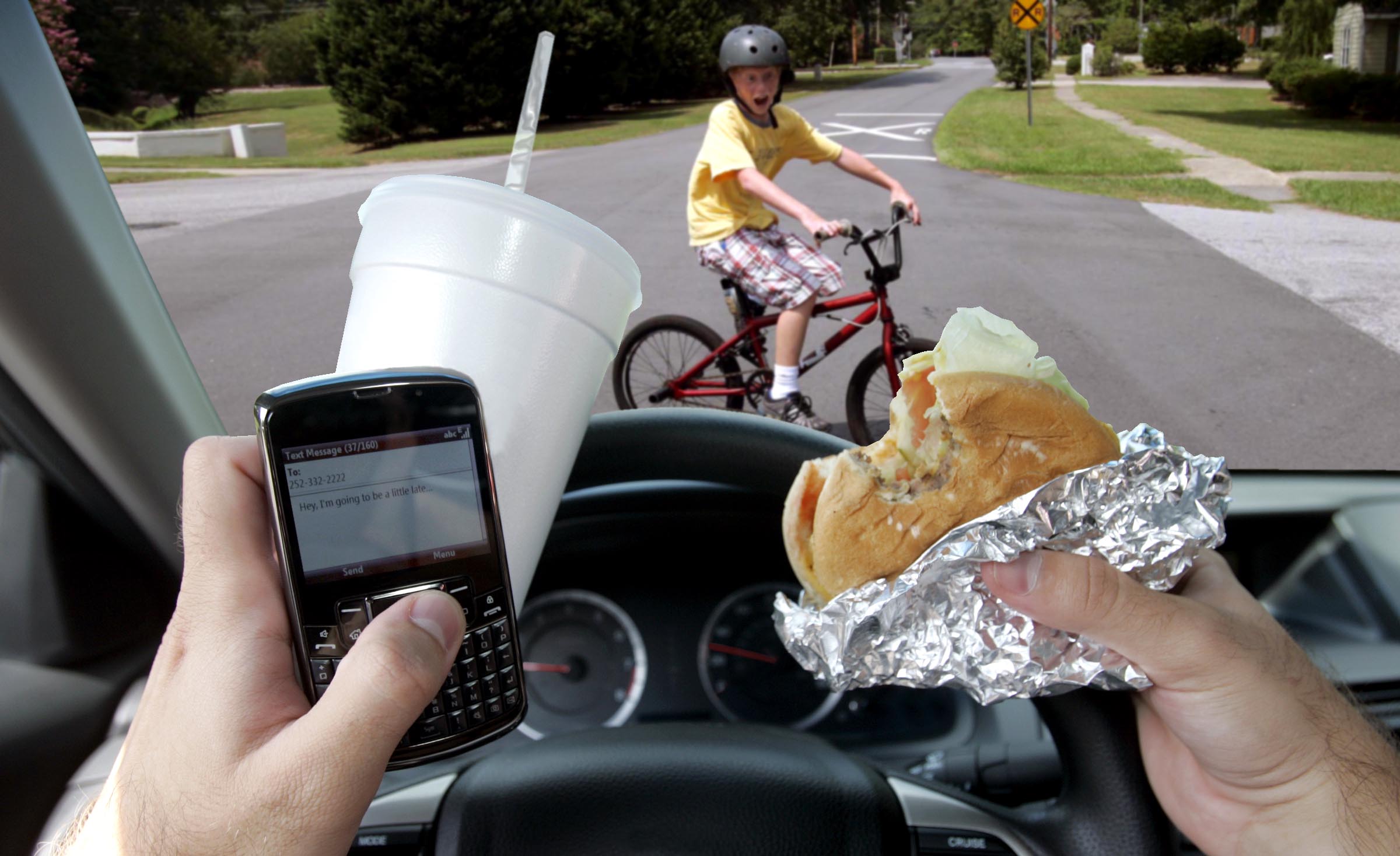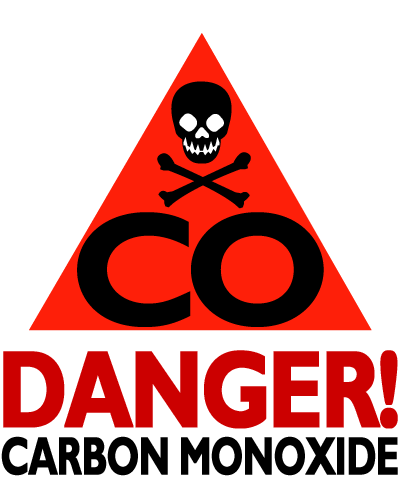 What is carbon monoxide?
What is carbon monoxide?
Carbon monoxide, or CO, is an odorless, colorless gas that can cause sudden illness and death.
Where is CO found?
CO is found in combustion fumes, such as those produced by cars and trucks, small gasoline engines, stoves, lanterns, burning charcoal and wood, and gas ranges and heating systems. CO from these sources can build up in enclosed or semi-enclosed spaces. People and animals in these spaces can be poisoned by breathing it.
What are the symptoms of CO poisoning?
The most common symptoms of CO poisoning are headache, dizziness, weakness, nausea, vomiting, chest pain, and confusion. High levels of CO inhalation can cause loss of consciousness and death. Unless suspected, CO poisoning can be difficult to diagnose because the symptoms mimic other illnesses. People who are sleeping or intoxicated can die from CO poisoning before ever experiencing symptoms.
How does CO poisoning work?
Red blood cells pick up CO quicker than they pick up oxygen. If there is a lot of CO in the air, the body may replace oxygen in blood with CO. This blocks oxygen from getting into the body, which can damage tissues and result in death.
via CDC – Carbon Monoxide Poisoning – Frequently Asked Questions.
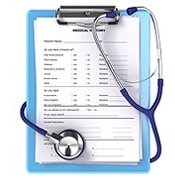 Conducting a health risk assessment has several potential benefits including identifying health risk factors, controlling health care costs, predicting employee absenteeism, encouraging individuals to take a proactive stance when it comes to personal health care and monitoring the health status of the general population. Each of these factors can contribute to preventing future health problems. Health risk assessments are used by a wide range of groups and for a variety of reasons.
Conducting a health risk assessment has several potential benefits including identifying health risk factors, controlling health care costs, predicting employee absenteeism, encouraging individuals to take a proactive stance when it comes to personal health care and monitoring the health status of the general population. Each of these factors can contribute to preventing future health problems. Health risk assessments are used by a wide range of groups and for a variety of reasons.

